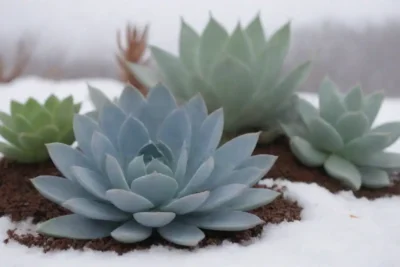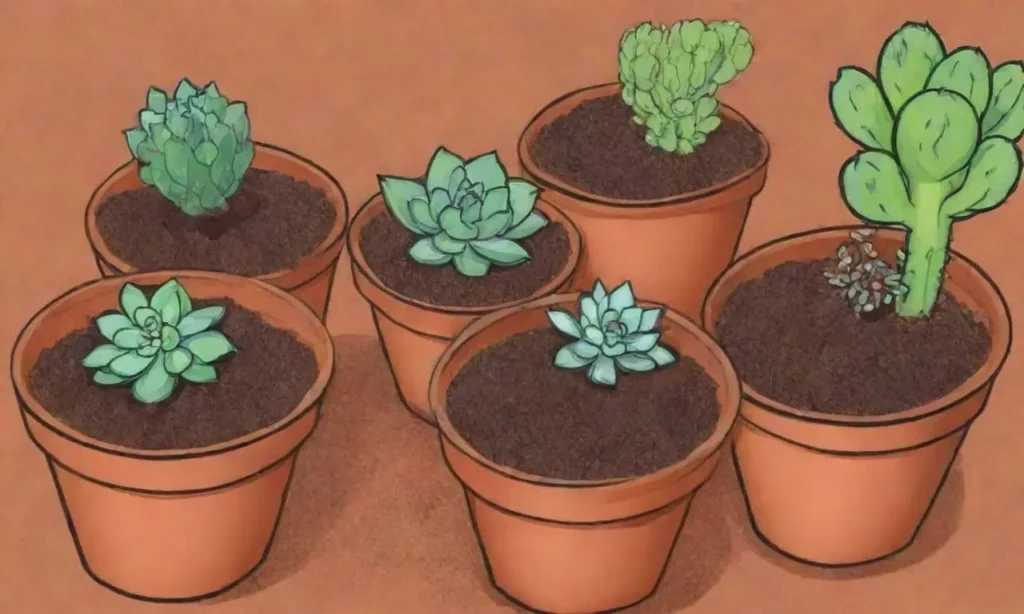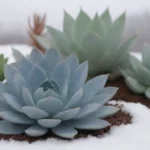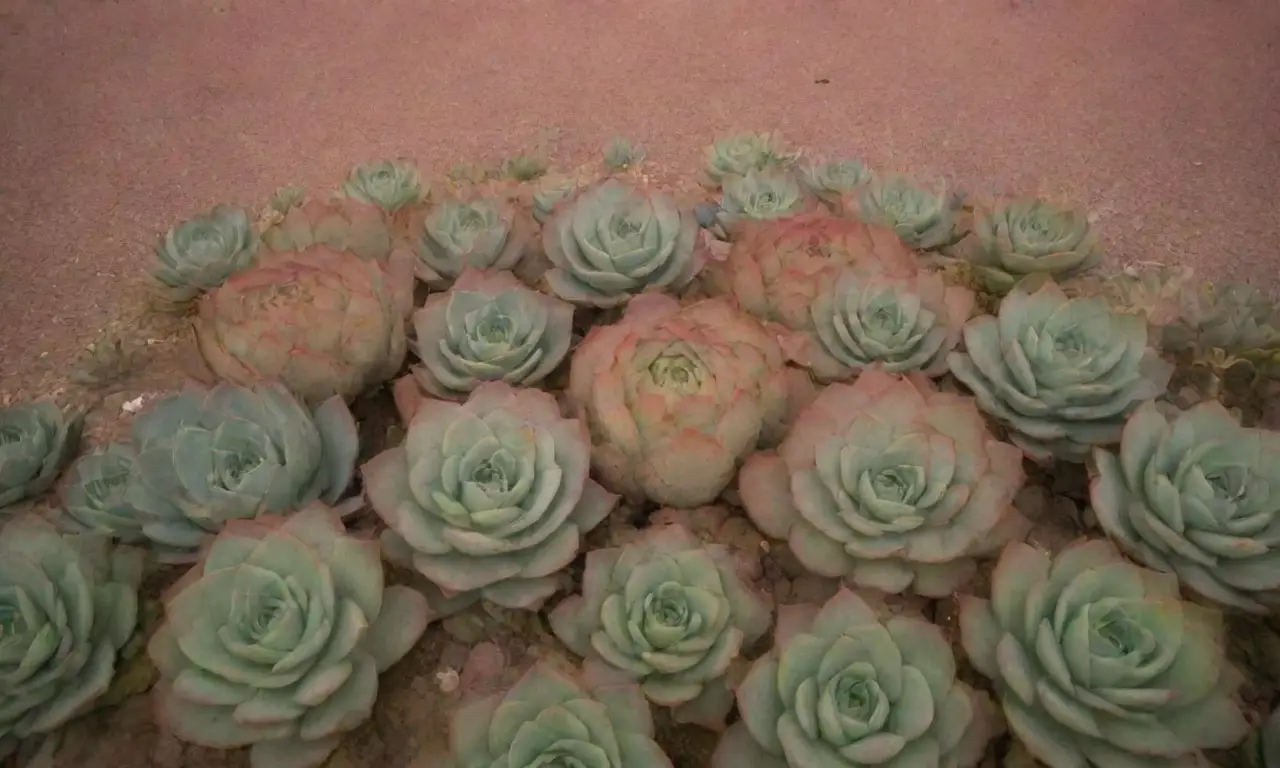
Common Mistakes to Avoid When Selecting Soil for Succulents

Introduction
When it comes to growing succulents, selecting the right soil is of utmost importance. This is not just about providing a home for your plants; the type of soil you choose can significantly influence the overall health and vitality of your beloved succulents. While these fascinating plants are known for their resilience and low maintenance, they still require specific conditions to thrive, and that includes the right soil composition.
In this article, we will explore the various common mistakes people make when selecting soil for succulents. By highlighting these pitfalls, we aim to provide you with a deeper understanding of how to create the ideal soil environment for your plants. Whether you are new to succulent care or have been a long-time enthusiast, this comprehensive guide will arm you with the knowledge you need to avoid costly mistakes.
Understanding Succulent Needs
Succulents originate from arid regions, which has shaped their unique adaptations, including their ability to store water in their leaves and stems. As such, they thrive in conditions that would typically be inhospitable for other types of plants. Understanding these needs is crucial for selecting the appropriate soil.
Firstly, drainage is one of the most critical factors when it comes to succulent soil. Unlike other plants, succulents do not require moisture-retentive soil. Instead, they thrive in soil that allows excess water to drain away rapidly. This is because succulents are particularly susceptible to root rot, a condition that occurs when the roots are kept too wet for too long. Thus, a common mistake is to select soil that retains moisture, leading to devastating consequences for your plants.
Secondly, the pH level of the soil can also significantly affect the health of succulents. Most succulents prefer a slightly acidic to neutral pH range, generally between 6.0 and 7.0. Using soil that is too acidic or too alkaline can hinder nutrient absorption, which can stifle growth and vitality. Therefore, it's vital to do your research to check the pH level for any soil you plan to use.
Lastly, it's essential to think about the nutrient requirements of your succulents. While these plants need fewer nutrients compared to more traditional houseplants, they still require a balanced mix for optimal growth. Using a soil that is too nutrient-rich can lead to overstimulation and excessive growth, impacting the shape and size of your succulents.
Overlooking Soil Composition
One major mistake made by many succulent owners is overlooking the specific composition of the soil they choose. While it may seem tempting to just grab whatever potting soil is available, that can lead to problems down the road. The right soil for succulents should contain a mixture of various components that provide both aeration and drainage.
 Winter Care for Succulents: Adapting Soil Types for Cold Months
Winter Care for Succulents: Adapting Soil Types for Cold MonthsTypes of Ingredients
A well-balanced soil for succulents often consists of a combination of potting soil, sand, perlite, or pumice. Potting soil generally provides essential nutrients, while sand, perlite, or pumice allows for enhanced drainage and aeration. Many mistakes arise when gardeners use regular garden soil or compacted potting soil; these options tend to retain too much moisture and do not provide enough air circulation to the roots.
Another ingredient to consider is coconut coir, which can be a fantastic addition as a water-retaining component without holding excessive moisture. It acts as a buffer in the soil mix, allowing for some water retention while the other materials encourage drainage. However, it is essential to use it in moderation, as too much coir can still lead to problems.
Proportions Matter
In addition to the types of ingredients, the proportions of each material in the soil mix are equally critical. A common mistake is to use too much potting soil in relation to the drainage components, creating a soil that is still too wet for succulent survival. As a rule of thumb, many succulent enthusiasts recommend using a ratio of approximately 50% potting soil, 25% coarse sand, and 25% perlite or pumice. Adjusting these ratios based on the specific needs of your succulents can also be beneficial.
When mixing your soil, consider the conditions in which your succulents will be growing. If your plants are in a more humid environment, increasing the amount of perlite or pumice may be beneficial to enhance aeration. On the other hand, for drier environments, a little more potting soil may help retain essential moisture without causing rot.
Ignoring Drainage Solutions

Another common mistake people make is ignoring or underestimating the importance of proper drainage solutions for their succulent pots. Even if the soil is perfect, if there’s no way for water to escape, it won’t matter much. Many succulent owners neglect to use pots with drainage holes, forcing excess water to remain in the bottom of the container.
Choosing the Right Pot
When selecting pots for succulents, always prioritize those with drainage holes. Terracotta pots are a popular choice, as they allow for better air exchange and moisture evaporation compared to plastic pots. These porous materials absorb excess water, making it less likely that your soil will remain soggy.
 Testing Soil Drainage: Ensuring Your Succulents Thrive
Testing Soil Drainage: Ensuring Your Succulents ThriveMoreover, the size of the pot can also play a role in the health of your succulents. A pot too large for the plant can lead to soil that stays wet for extended periods, as there’s more soil than the succulent can utilize. Conversely, a pot that is too small can prohibit growth and stress the plant.
Adding Drainage Layers
Adding a layer of drainage materials at the bottom of the pot can also be highly beneficial. This layer typically includes small rocks or gravel that allows excess water to flow away from the roots. While some gardeners swear by this method, it is worth noting that its benefits are debated within the gardening community. Still, having this extra layer can offer peace of mind for those particularly concerned about waterlogging.
Additionally, when watering succulents, be mindful of how much water you give them. It is generally better to err on the side of under-watering. Feel the soil before watering, and only add water when the soil is completely dry.
Conclusion
Choosing the right soil for your succulents can seem daunting, but it doesn't have to be. By understanding common mistakes—such as overlooking soil composition, ignoring drainage, and choosing inappropriate ingredients—you can easily create an environment that helps your plants thrive. Remember to always prioritize drainage, think through soil composition, and constantly evaluate the conditions surrounding your succulents.
By incorporating appropriate ingredients like perlite, coarse sand, and potting mix in the right proportions, you set the stage for a thriving succulent garden. Simultaneously, ensuring your pots have adequate drainage can save your plants from potential moisture-related disasters.
Growing succulents can be a rewarding experience, and with the right knowledge and careful attention to the needs of these fascinating plants, you can create a thriving oasis in your home. Don't forget that gardening is a learning process, and each mistake is an opportunity to grow—not just your plants but your expertise as well. Enjoy the journey of nurturing these resilient beauties, and watch as they flourish under your care!
 Crafting a Soil Mix That Supports Both Succulents and Cacti
Crafting a Soil Mix That Supports Both Succulents and CactiIf you want to read more articles similar to Common Mistakes to Avoid When Selecting Soil for Succulents, you can visit the Ideal soil types category.

You Must Read